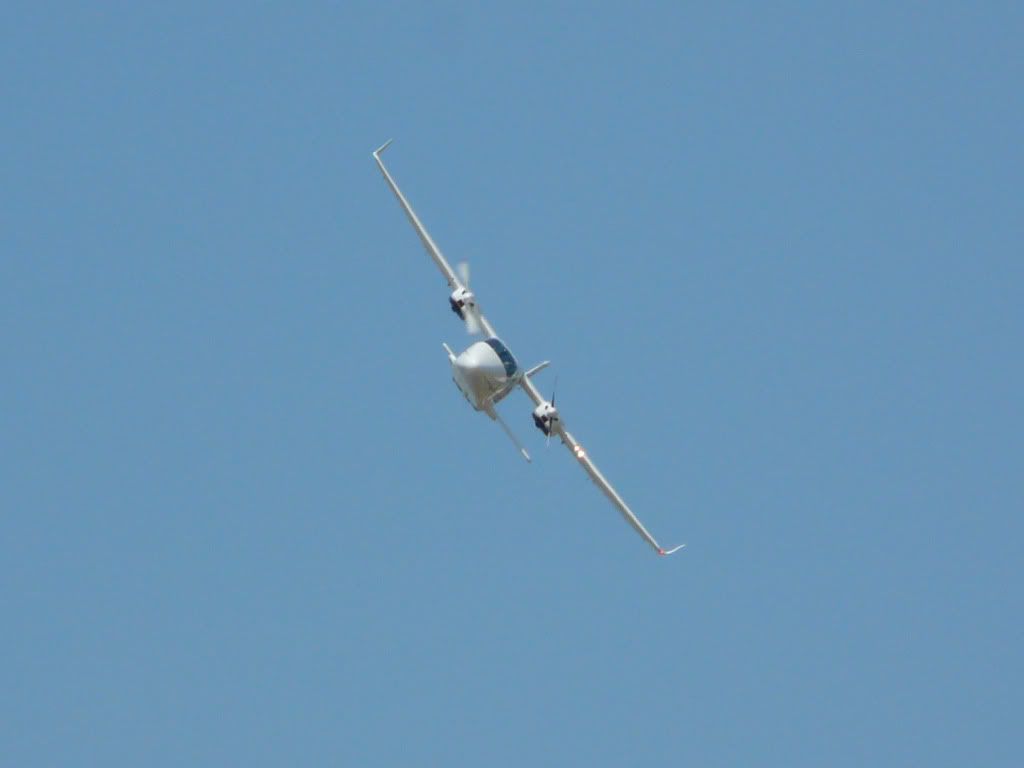KSCessnaDriver
Well-Known Member
Isn't it just the fuel lines and possibly the tanks that would have to be upgraded to be able to handle ethanol. I know there was a guy here who switched engines on his experimental from a 0-200 to a Rotax and said he had to switch fuel lines along with the engine but said he kept the orginal fuel tanks.
Basically yes. Depends on what the fuel tank is made of too. Could be lots of work, could be almost nothing, it really depends on the plane.
No.
Burning ethanol is dumb. Straight 80/87 please. Anything else is going to be a maintenance nightmare for reasons already enumerated.
Not with a Rotax. It requires 91 octane or better for the higher power models. The 80 hp models can run 87.

